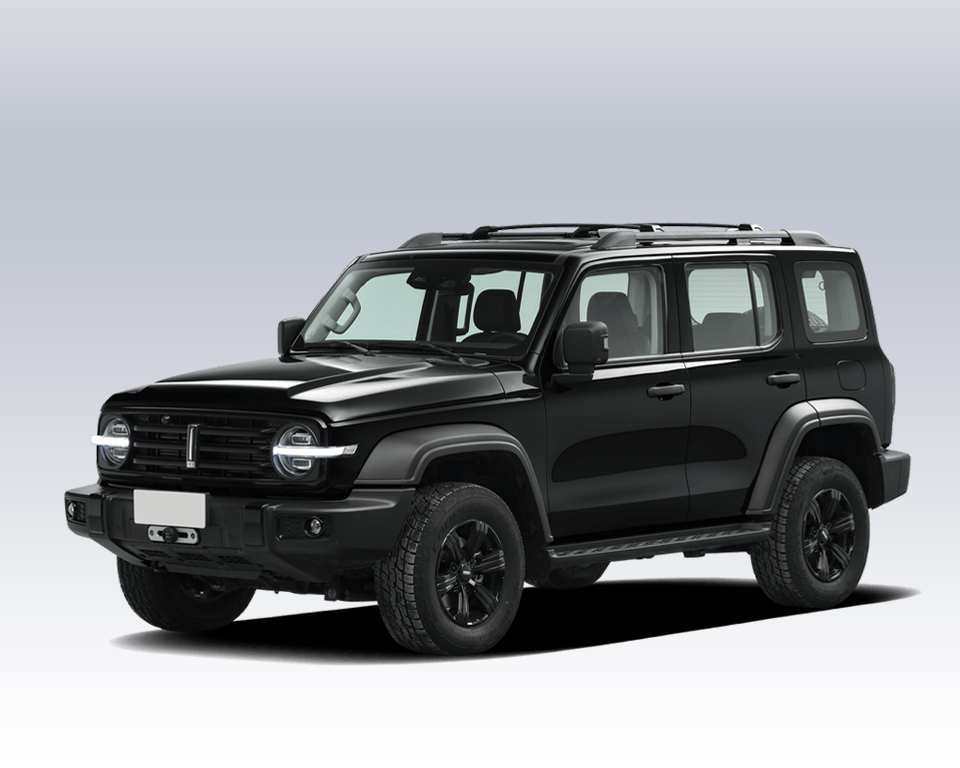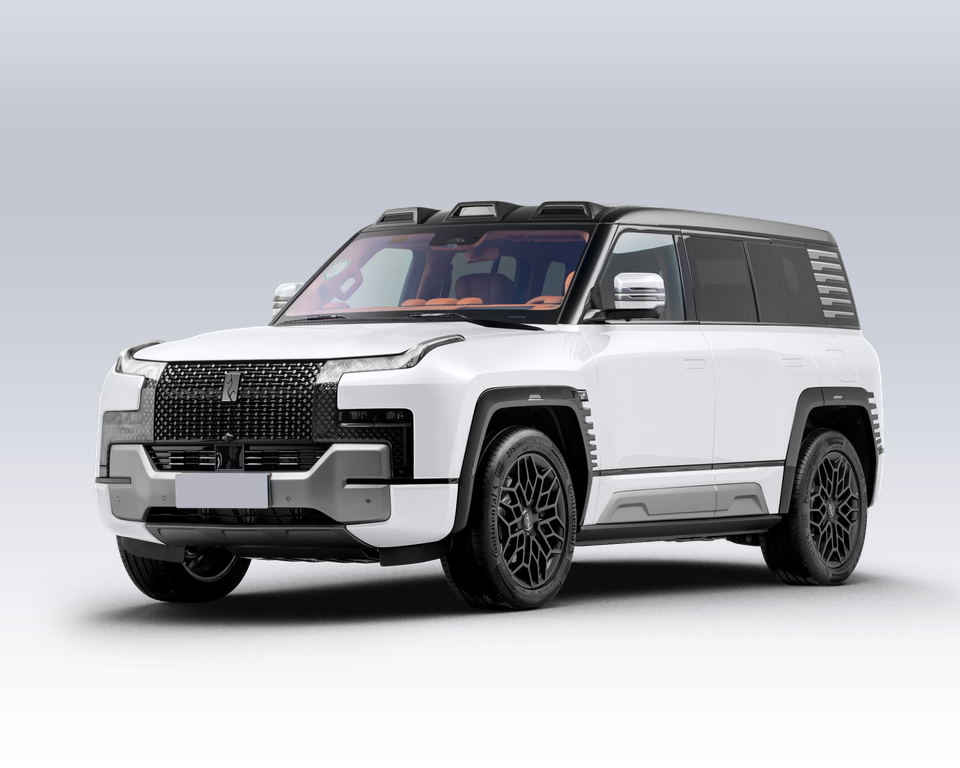Middle East Desert Driving Guide: Essential Tips for Safe Travel
In the Middle East, desert driving is not only a popular adventure activity but also an essential part of daily travel for many. The extreme climate, shifting sand terrain, and occasional sandstorms make desert driving challenging and potentially hazardous. With a wide range of high-quality Chinese off-road vehicles, such as the Tank 300/500 and BYD Yangwang, exported to the UAE, Qatar, and Saudi Arabia, desert driving is a common phenomenon in these regions. Mastering desert driving skills is, therefore, crucial.
This guide provides practical driving tips to help you navigate the desert safely and confidently in the Middle East.
Catalog
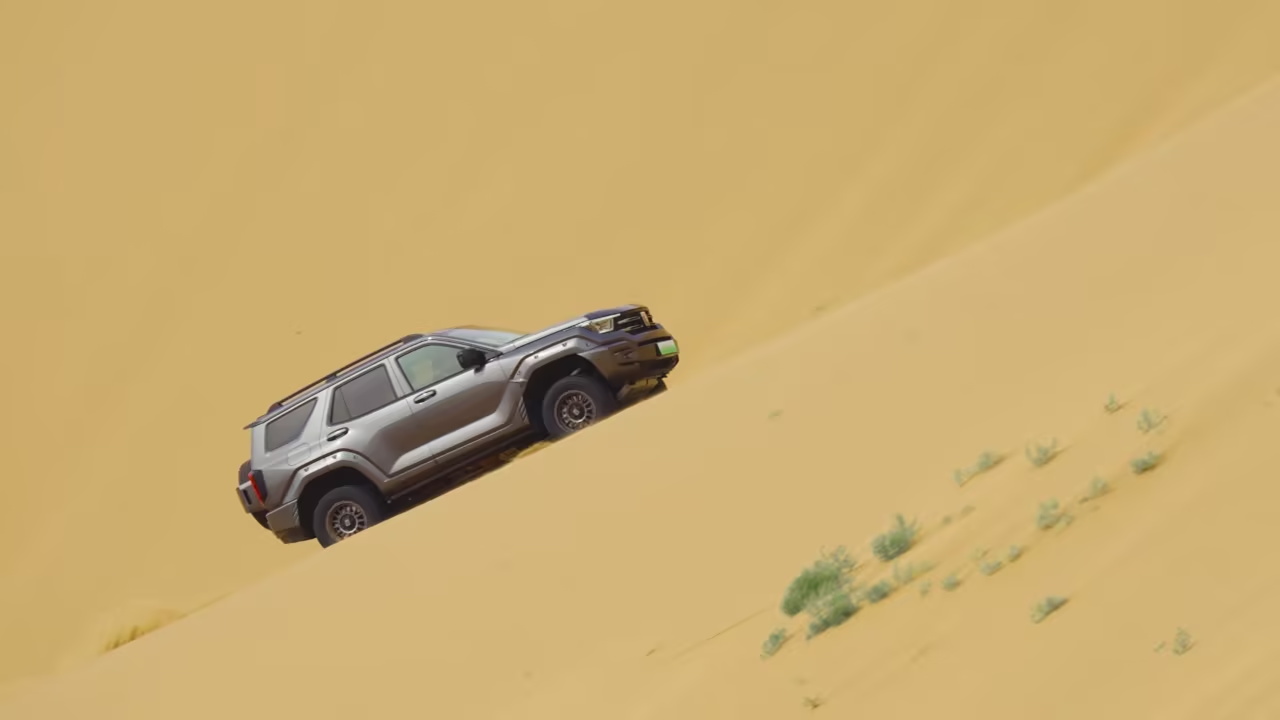
1. Enroll in Professional Off-Road Driving Courses
Before embarking on an off-road adventure in the UAE, Qatar, Saudi Arabia, or other Middle Eastern countries, proper training is essential for safety and skill development. Desert driving requires specific techniques that can be learned through professional off-road driving courses. These courses cover driving on different terrains such as sand, gravel, and mud, catering to all skill levels. They enhance vehicle control and significantly improve safety.
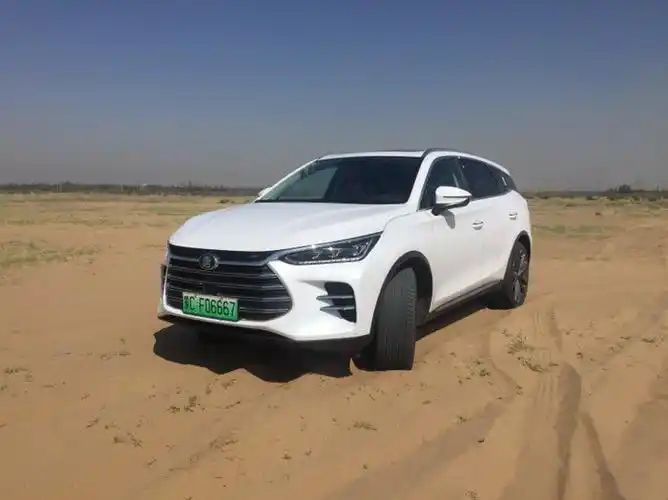
2. Prepare Thoroughly and Start Slowly
Before heading out for desert driving, ensure your vehicle is in good condition:
- Fuel Tank: Fully refuel.
- Engine Oil and Coolant: Ensure adequate levels.
- Maintenance: Ensure the vehicle has been recently serviced.
New drivers should start at low speeds to familiarize themselves with the terrain and the vehicle’s response. It is also advisable to travel in groups, as it is safer and provides opportunities to learn from experienced drivers.
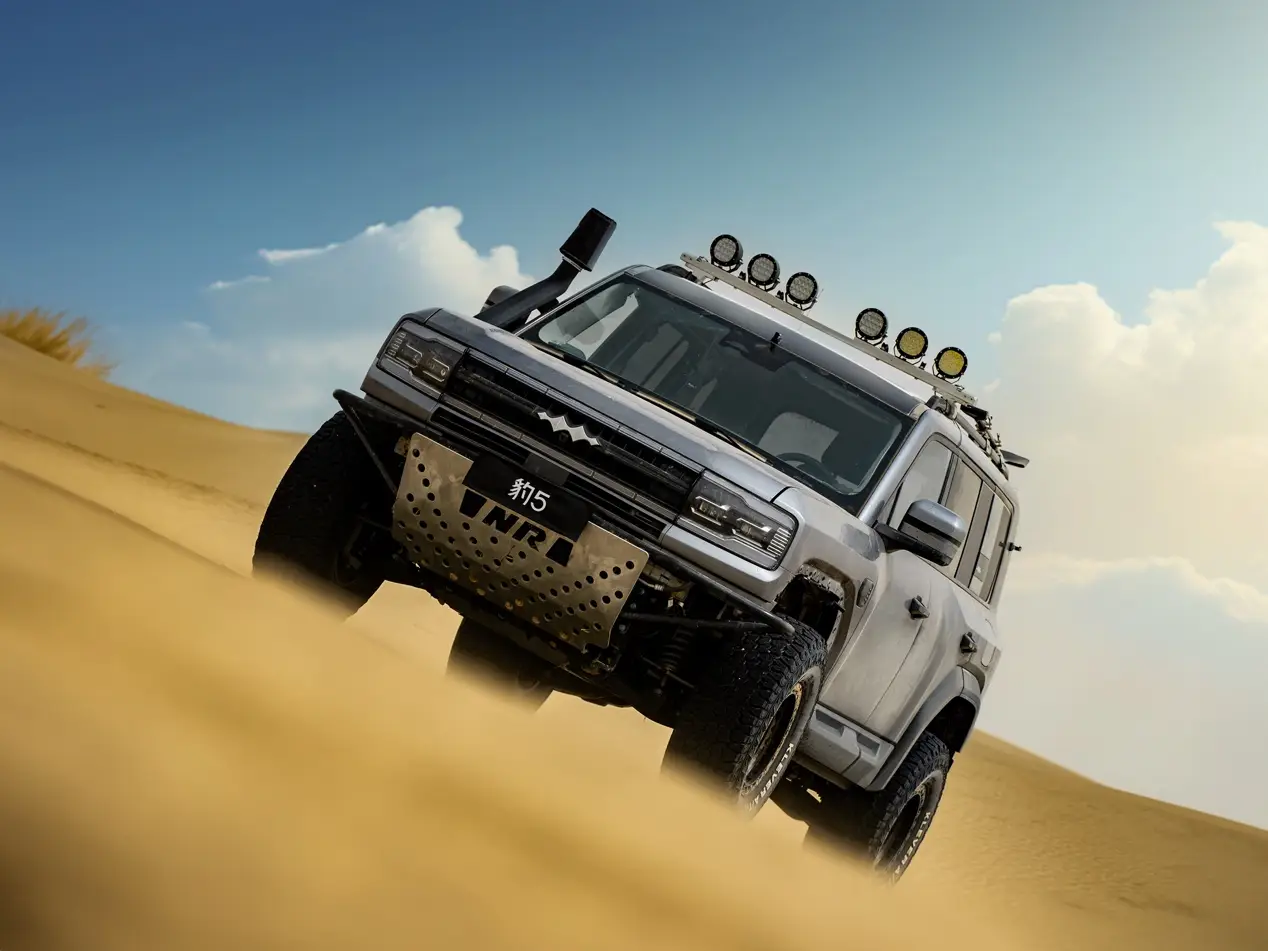
3. Use a Suitable 4×4 Vehicle
Having the right vehicle is the foundation of successful off-roading. A capable 4×4 vehicle can handle rugged terrain and sandy conditions effectively. Consider the following features when choosing your vehicle:
- High Ground Clearance: This is crucial for navigating rocks, logs, and other obstacles without damaging key components like the oil pan or exhaust system.
- Four-Wheel Drive (4×4): A 4×4 system enhances control in challenging conditions, reducing the risk of getting stuck or losing traction. Many modern 4×4 vehicles also offer selectable driving modes (e.g., sand, mud, rock) for optimized performance.
- Off-Road Tires: Wider tires increase the contact area with the ground, improving traction and reducing the likelihood of getting stuck in loose terrain. Off-road tires are also more durable against sharp rocks or debris.
- Water Wading Capability: If you plan to cross streams or water pits, check the vehicle’s wading depth to ensure it can handle wet conditions.

4. Understand the Terrain
Desert terrain is diverse, and understanding it is essential for effective off-road navigation. The type of sand you encounter will greatly impact your driving strategy:
- Soft Sand: Loose and fluffy, soft sand makes traction challenging. To avoid getting stuck, drive at higher speeds to keep your vehicle on the surface rather than sinking.
- Hard Sand: More compact than soft sand, hard sand offers better traction and is often found near tidal areas. Lower speeds on hard sand improve control and maneuverability.
- Salt Flats: Salt flats have a crust formed by evaporated saline water. While they may appear solid, some areas can be deceptive and behave like quicksand. Approach salt flats cautiously, as certain parts may have hidden dips or soft spots that could trap your vehicle.
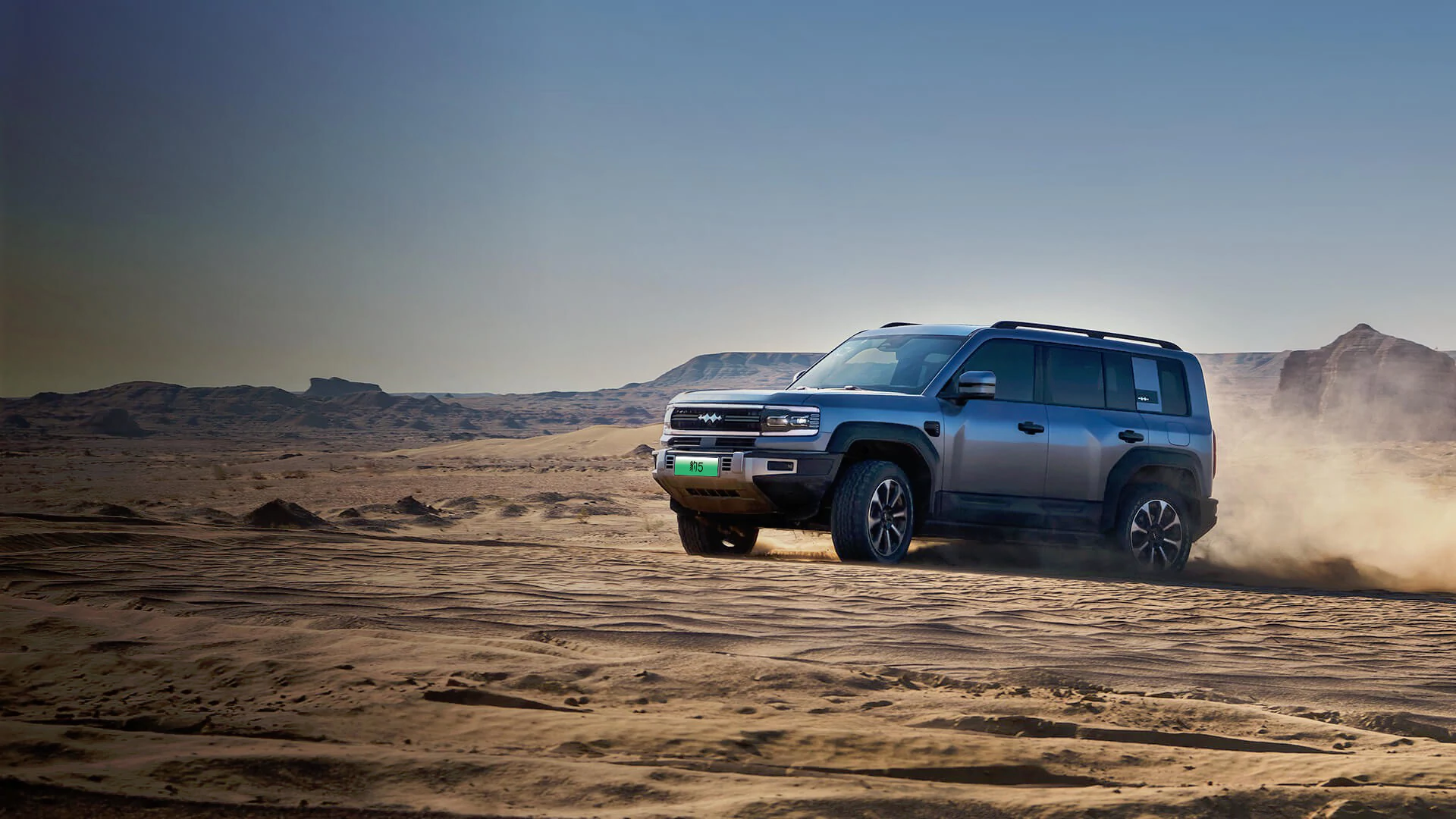
5. Assess Dune Heights and Slopes
Dunes vary in height, with some reaching over 100 meters. Not all dunes have gentle slopes on the other side; some descend steeply, posing risks if approached too quickly. The surface may also conceal rocks, vegetation, or other hazards. Here’s how to navigate dunes safely:
- Use Landmarks: Look for flags or markers that indicate the end of dune slopes. These landmarks provide critical information about the terrain beyond the dune.
- Evaluate Visibility: If the view over the dune is unclear, proceed with caution. Climb a nearby dune or find a vantage point for a clearer assessment of what lies ahead.

6. Carry Essential Safety and Recovery Equipment
Proper equipment is critical for safety during desert driving. Essential items include:
- Recovery Straps and Shackles: Heavy-duty ropes and soft shackles for vehicle recovery.
- Traction Boards: To help a stuck vehicle regain mobility.
- Shovel: A full-sized shovel is ideal for efficient sand removal.
- GPS Device or Smartphone: Ensure offline maps are available.
- Safety Flags: To improve visibility in open desert areas.
- Spare Tire and Jack: Preferably hydraulic jacks suitable for sandy conditions.
- Air Compressor: For adjusting tire pressure before and after desert driving.
- Food and Water: Sufficient supplies for hydration and energy during long drives.
- Headlamps or Flashlights: For visibility during nighttime or emergencies.
- Gloves and Goggles: For personal protection while working on the vehicle.
- Two-Way Radios: For group communication in areas without cell service.
- First Aid Kit: Including bandages, antiseptics, and other medical essentials.
- Portable Jump Starter: To start your vehicle without needing another car.
- Basic Tool Kit: For minor repairs during trips.
These items can provide critical support in emergencies.
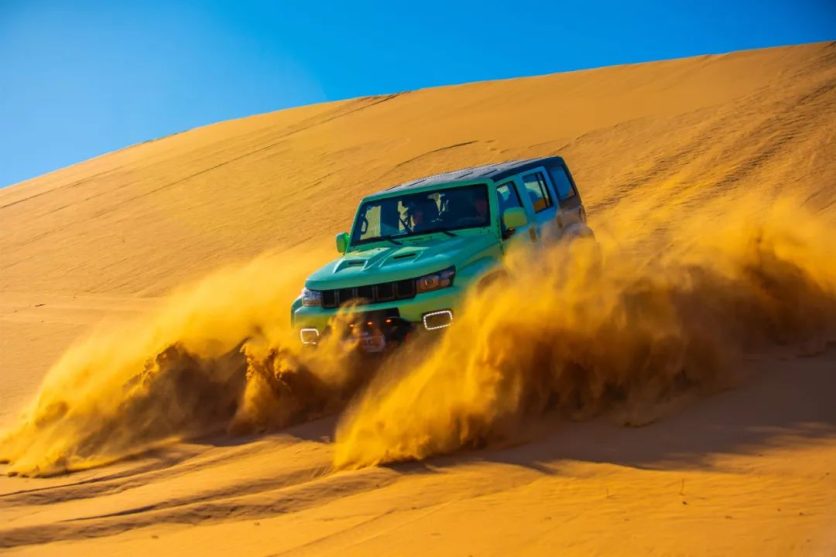
7. Adjust Tire Pressure for Better Traction
Lowering tire pressure (recommended 15-18 PSI) increases the contact area with the sand, enhancing traction. If stuck, reduce the pressure further to 10 PSI. After desert driving, restore the tire pressure to normal levels to prevent damage.
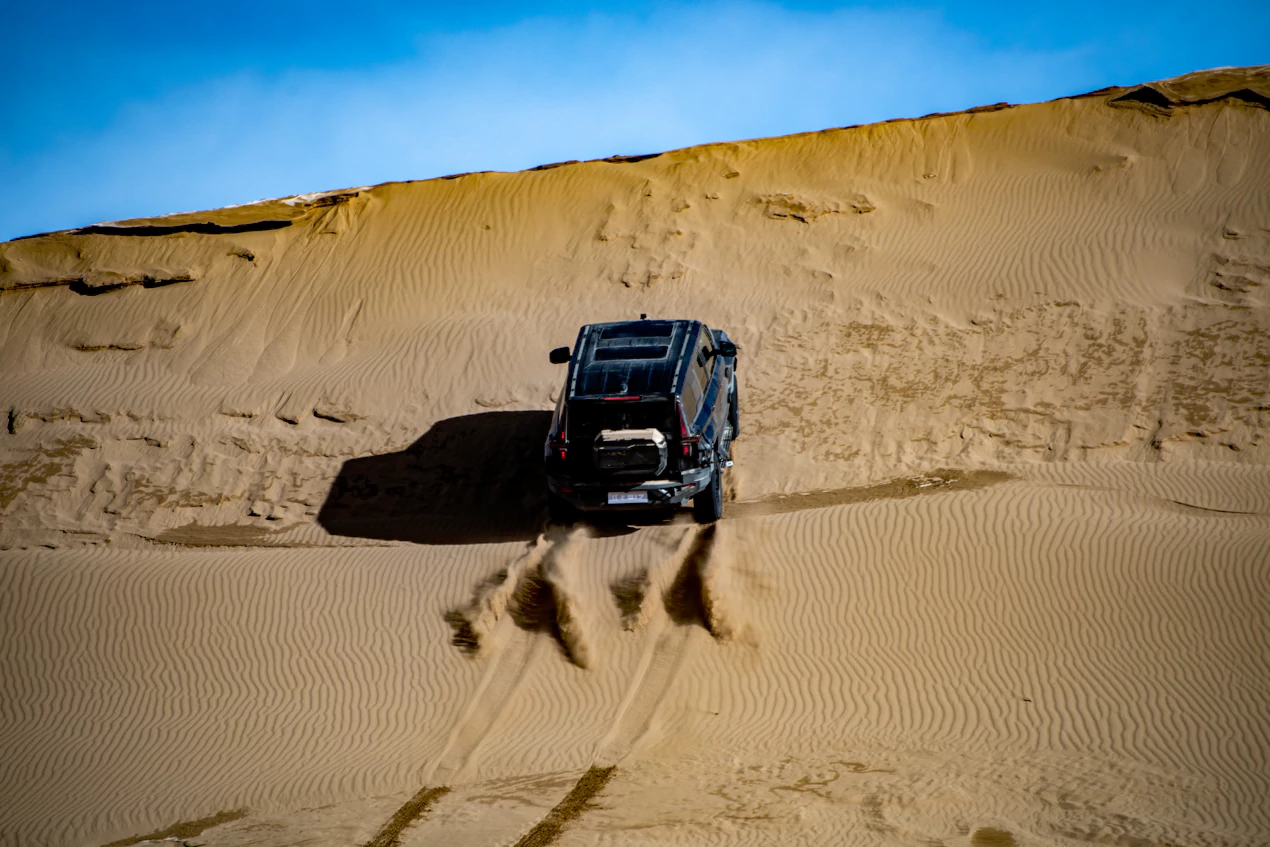
8. Monitor Weather and Sandstorms
Desert climates can be extreme, especially during summer (May to October) when temperatures soar. For safety:
- Plan Ahead: Start trips early in the morning (around 6–7 AM) to avoid the midday heat, which is harsh on both you and your vehicle.
- Monitor Weather Reports: Stay updated on potential storms or weather changes that could impact visibility or road conditions.
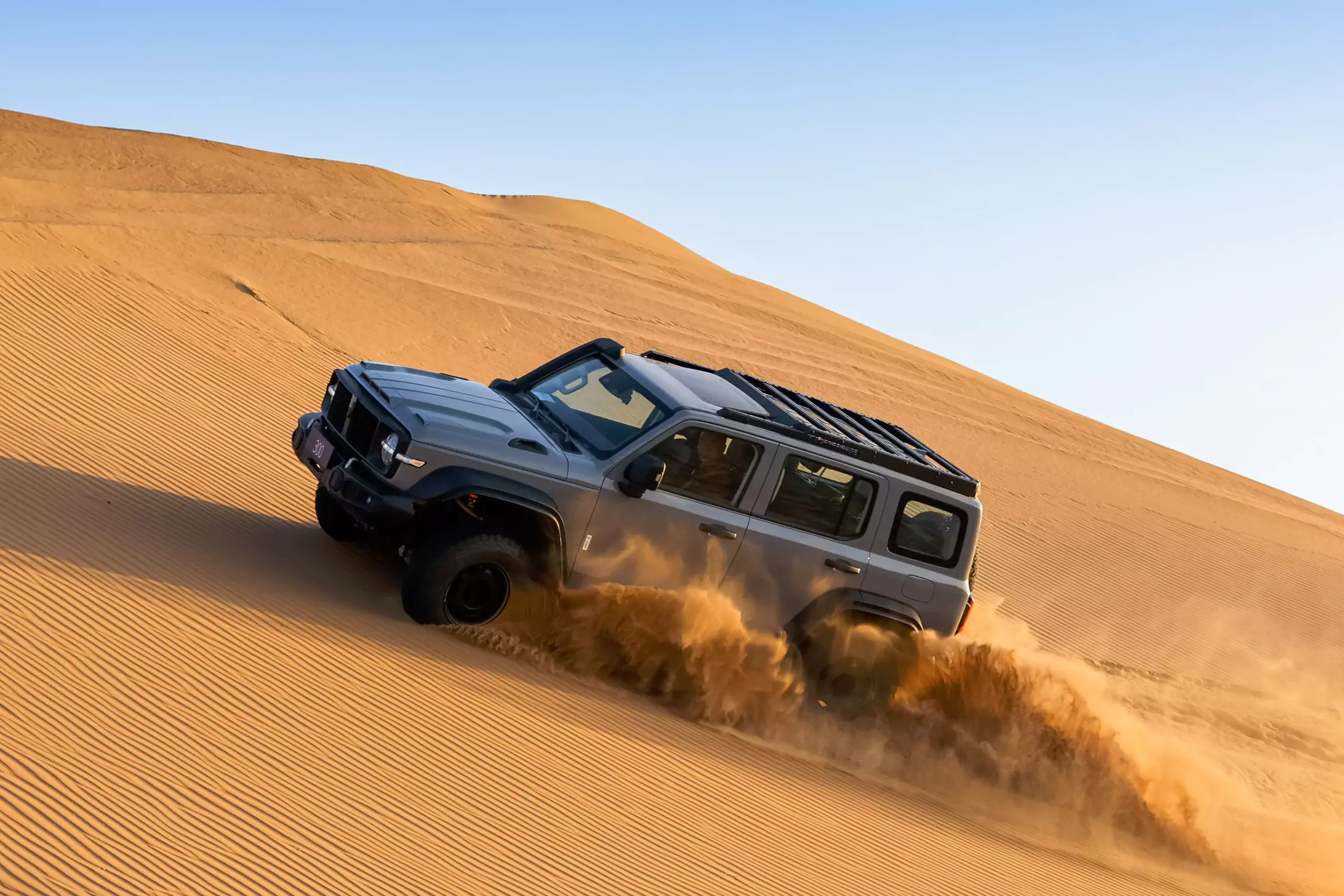
9. Stay Aware of Your Surroundings
Maintaining awareness of your surroundings is crucial while driving in the desert:
- Safe Distance: Maintain a safe distance from other vehicles to avoid collisions or getting stuck if someone else faces difficulties.
- Watch for Wildlife: While deserts may appear barren, they host diverse wildlife, such as camels and gazelles. Drive carefully to avoid harming them.

Now that you know the key techniques for desert driving in the Middle East, following these guidelines will prepare you to navigate the region’s diverse and challenging terrain safely. Remember, desert driving is not like regular road travel—safety is paramount. Always be prepared for the unexpected and never underestimate the power of nature.
Looking to import cars from China to UAE or other Gulf countries? Chinacarhub is your trusted partner in importing the latest Chinese off-road vehicles. With a selection of 60+ worldwide car brands and efficient, cost-effective shipping, we make the process seamless.
Let us handle the complexities while you enjoy the benefits of Chinese vehicles. Contact our sales team, explore your options, and let’s embark on this exciting journey together.
Please explore our blog for the latest news and offers from the car market.


